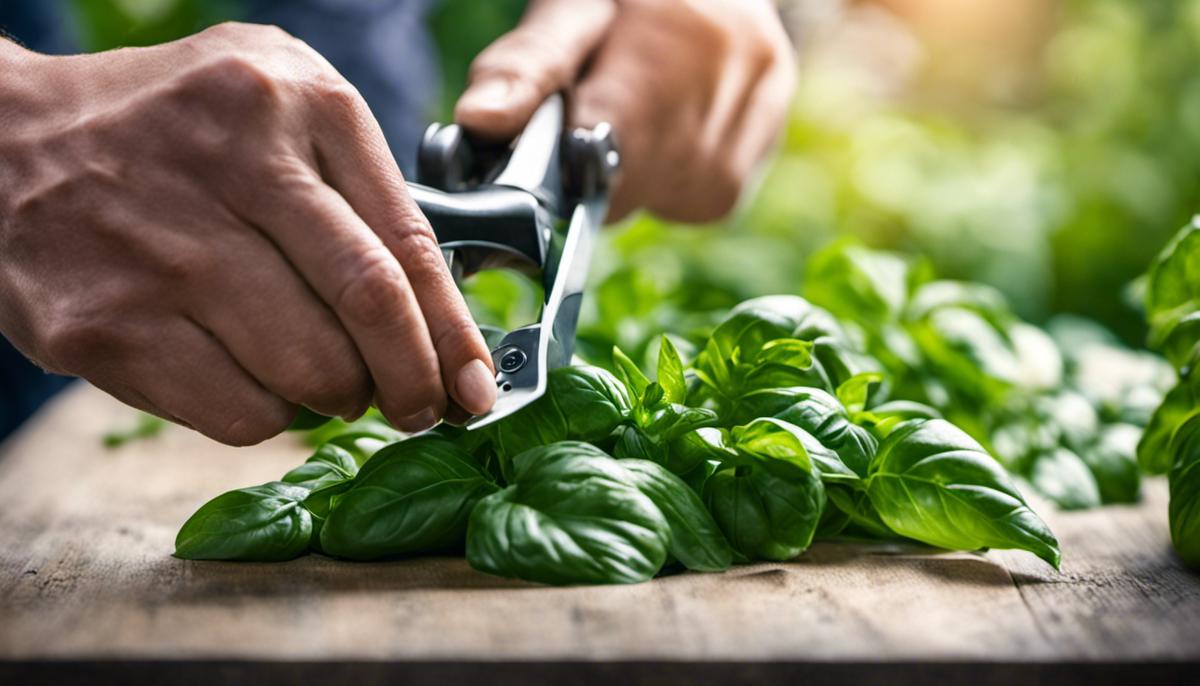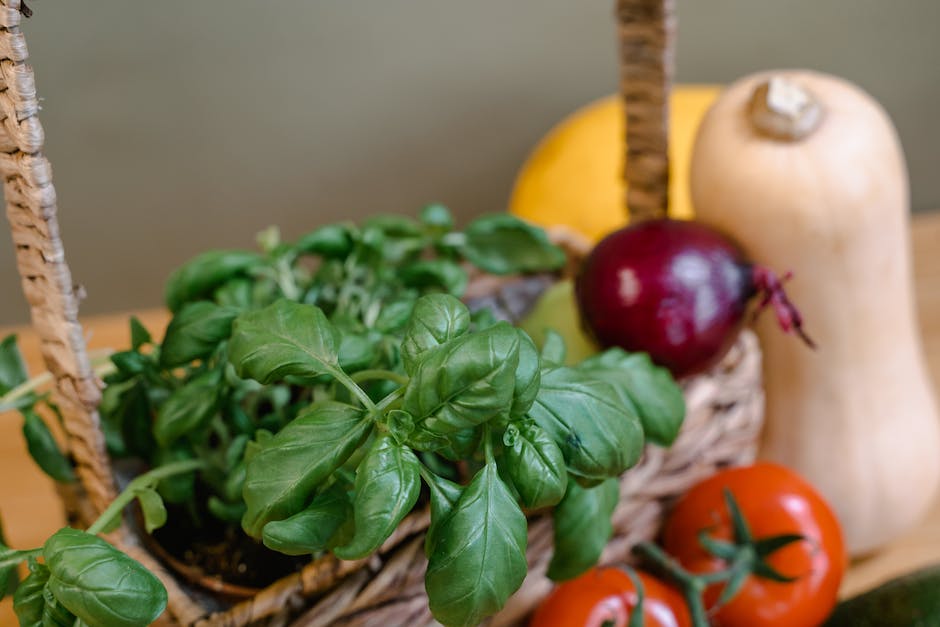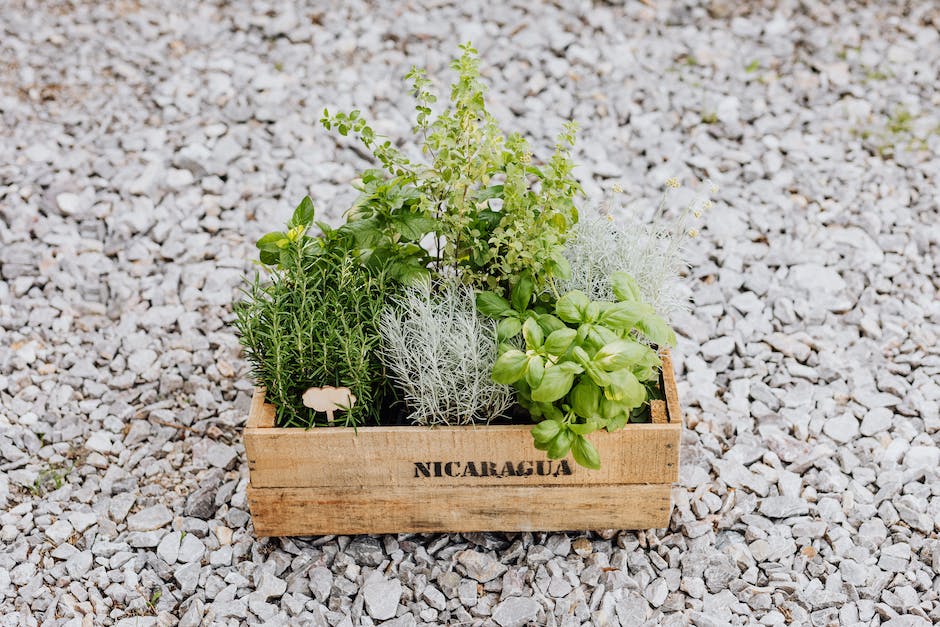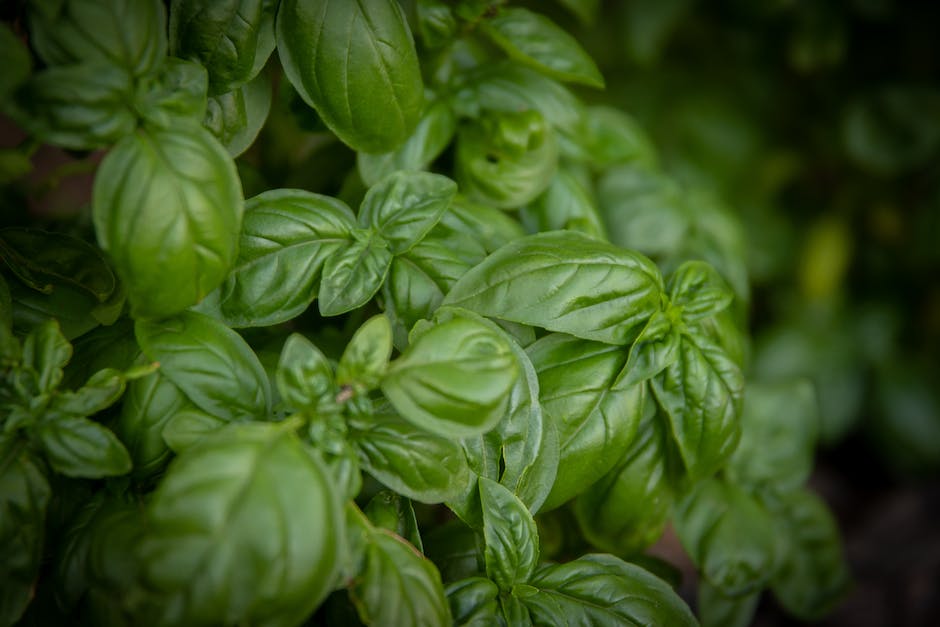Cultivating Culinary Skills: How to Cut Basil from The Plant

A thriving basil plant is not just an adorable gatekeeper to your herb garden, but a treasury of fresh, aromatic leaves that can take your culinary dishes a notch higher. To maximize the lifespan and health of your basil plant while still enjoying its flavorful leaves, it’s crucial to understand the specifics of harvesting basil. This includes knowing when it’s the best time to cut the basil leaves, the suitable tools to use, and the correct methods to adopt. Our discussion delves into these topics, thus empowering you with an efficient understanding of how to cut basil from the plant.
Understanding when to cut basil
Culinary enthusiasts and herb garden aficionados alike come to a harmonious agreement on one thing – fresh basil is a game-changer in any recipe. The aroma alone is captivating; one whiff brings forth a wave of earthy, peppery goodness that immediately pulls the senses into a world of rich flavors. Incredibly versatile, basil is a star ingredient in a variety of iconic dishes, from the beloved Pesto alla Genovese to a hearty Margherita pizza. But when is the best time to cut that luscious sprig from its mother plant?
First, let’s dive into the magic behind growing and maintaining your own little basil plant. Of course, it’s always an option to dash to the nearest grocery store and pick up a container of it. However, there’s nothing quite like the fresh, robust flavors of homegrown basil. It’s a gratifying endeavor—one that rewards patience and love with the sweetest, most pungent leaves around. So, cherish that joy of nurturing with dedication — it’s what truly brings out the ‘chef’ in all of us, isn’t it?
Basil plants are ready for harvesting as soon as they are about 6 to 8 inches tall. It may be tempting to let them grow larger and more luscious, but the truth lies in the fact that younger leaves often have a more delicate and sweeter flavor. Basil loves the company of the sun, and the right time to clip those leaves would be early in the morning. The plant’s oils, responsible for that intoxicating aroma and delectable flavor, are at their highest just as dawn breaks. Hence, morning time is basil prime time!
There’s an art to the cutting process as well. The best practice is to make the cut just above the second set of leaves from the plant base. This helps in fostering a bushier plant since two new stems will grow from the spot where the leaf pair was. It’s a bit like magical multiplication; the more you cut, the more it grows, providing a constant supply of this cherished herb.
But, there’s another reason for the specific cut, another secret held within the world of basil enthusiasts. Those new sprigs that grow from the cutting site? They will, indeed, carry a more potent flavor profile than the original spring. So, not only does the technique promote a healthy, bushy plant, it also enhances the very essence that makes basil so special.
Remember, no leaf gets left behind. If not needed immediately, freshly cut basil can be preserved by many methods like drying, freezing, or immersing in oil. Each method carries its own unique flavor profile, opening up endless possibilities in the culinary world.
Bottom line, while it seems like mere herb cutting, the act of harvesting basil resonates with the adventure, passion, and artistic creativity behind cooking. It’s a clear testament to the fact that the beauty of food lies not just on the plate, but in every step leading up to it. Happy basil snipping!

Correct tools for cutting basil
“The Art of Basil Harvesting: Mastering the Right Tools”
You can practically smell it, can’t you? That vibrant, robust aroma wafting from the leaves of basil, a scent that is as integral to the modern kitchen as a splash of red wine in a hearty ragù. We’ve explored the role fresh basil plays in the culinary world and the joy of nurturing it in our own greenspace. We’ve spoken of the opportune moment to cut the glossy green leaves and the delicate technique used. Let’s wade deeper into the verdant world of the basil plant. Today’s focus: the precise tools needed to artfully harvest basil.
In the sympathy between chef and basil, the tools we select to harvest become an extension of our culinary passion. Choosing the right tool can turn an ordinary cutting into a fine art. After all, isn’t it the precision, the care, the love we invest into the food that transforms a meal into a gastronomic experience? This connection, between the way we harvest and our pursuit of culinary excellence, is evident in the attentive approach to the art of harvesting basil.
First up, the tool of choice for harvesting basil is a sharp pair of gardening scissors or pruning shears. But let’s be clear; we’re not talking about the heavy-duty type used for larger branches. It’s crucial to pick a pair with smaller, narrow blades, ideally 2-3 inches long, for precise and seamless cuts. With these, you can dramatically reduce the potential damage to the surrounding plant, ensuring the plant’s vibrant future growth is undeterred.
For the perfectionists trying to reach the epitome of precision, there exists a more exquisite tool: the Japanese Hori Hori. This multipurpose soil knife is perfect for a variety of gardening tasks, and the sharp, narrow edge serves as an ideal implement for harvesting delicate basil leaves. Their stainless-steel composition ensures that any potential harm to the plant, like transferring diseases, is kept at an absolute minimum.
And lastly, don’t forget about the time-honored tradition of harvesting by hand. While it may lack the precision of stainless steel, hand-harvesting gives us the pure joy of a tactile connection to our ingredients. Just remember, when going this route, ensure your hands are clean, and pull gently to avoid stressing the plant.
To complete this aromatic journey, remember to clean your implements after harvesting. It keeps them sharp and rust-free, but most importantly, it safeguards against disease transfer between plants. Passion for food isn’t just about the ingredients, but about preserving the circle of growth, season after season.
In the end, whether you choose shears, a Hori Hori, or bare hands, remember each cut of basil represents a slice of your culinary spirit. Make the choice that best empowers your palette. After all, the basil plant isn’t just about those aromatic leaves we love. It’s the joy of growing, nurturing, and involving ourselves in the process, reinforcing the beautiful bond shared by those of us who find our sanctuary in the kitchen. It’s the essence of culinary artistry, from soil to seasoning, the grand opera of gastronomy.
So, the next time you harvest basil, let it be more than a simple act. Make it a testament to your love for food, a dedication to quality, a commitment to the cherished rituals of cooking. Invest in your tools, engage with your ingredients, unearth the pleasure of the process – And voila, your culinary masterpiece extends from the garden to the garnish.

Proper techniques of cutting basil
With the foundation of basil harvesting well-settled, let’s beam a bit more light on mastering the technique itself. One cannot overstate the importance of using a sharp tool, may it be gardening scissors, pruning shears, or the Japanese Hori Hori. An uneven cut can damage the plant and prohibit growth of new sprigs. Remember, your goal is to encourage the continuous growth of this fragrant herb so you can keep basking in its aromatic contributions to your dishes.
Before commencing your harvesting ritual, ensure your tool is clean and sanitized. Dirty tools can introduce harmful bacteria to the plant, putting its health at risk. Don’t forget to rinse your harvesting tool with warm water and soap before each use.
When approaching your basil plant with tool in hand, identify the spot you’ll make your cut. Concentrate on the area where the leaves attach to the main stem or anywhere the plant forks into two stems. Carefully place your tool approximately a quarter of an inch above this intersection and make a clean, swift cut. The goal here is fostering lush new growth that will branch in two directions at this junction.
Mixing warmth with precision mirrors the essence of the culinary world. There’s a rush of satisfaction involved in realities like watching the sprig you’ve carefully cultivated be a star in your pasta sauce or chicken marinara. This intimate involvement in the cultivation process enhances the flavor in ways you wouldn’t previously imagine.
This beautiful basil journey isn’t without its physical and emotional rewards. When you hand-harvest basil, dip your fingers into the rich greenery of the plant, you foster a tactile connection to your ingredients. This connection invokes a profound appreciation for the culinary world. The fragrant perfume of fresh basil enhances the sensory experience, connecting you with the elements of nature that meet to create flavors in our meals each day.
Post-harvest, cleaning and maintaining your tools ensures they remain effective and hygienic. Use a sponge with mild detergent to clean off any plant residue then rinse thoroughly with warm water. Dry your tools immediately to prevent rust accumulation and store them safely away till they’re next called upon.
Passionate food lovers deeply appreciate their culinary journey. And the opportunity to grow and nurture what they cook imbues the whole experience with intrinsic jubilation. Harvesting your own basil elevates the connection between you, the cook, and the dish itself, enriching the joy and satisfaction that lies at the heart of culinary artistry. From nurturing the basil in your greenspace to garnishing your plate with it, the process continually rewards with its flavor and fragrance.
Food, after all, is more than nourishment. It’s a celebration of taste, of culture, of life itself. And the more involved we are with all its stages – from the rudiments of the earth to the heated enthusiasm of the kitchen, the deeper our connection grows. Therefore, don’t just cook. Cultivate, grow, harvest, and relish the journey!

Different elements are intertwined when it comes to effectively cutting basil from a plant. Striving to make a cut when the plant is still young and in full vigor, often early in the morning, ensures you get the most flavor-packed leaves. A pair of sharp garden clippers or scissors, or even a very gentle hand, can make the delicate task smoother without damaging the plant. Moreover, understanding the appropriate technique, the right angle, and the exact location to cut can make all the difference. Hence, knowledge and proper implementation of these aspects should keep your basil plant healthy and productive while providing you with fresh leaves for that next aromatic pesto or refreshing basil lemonade.



